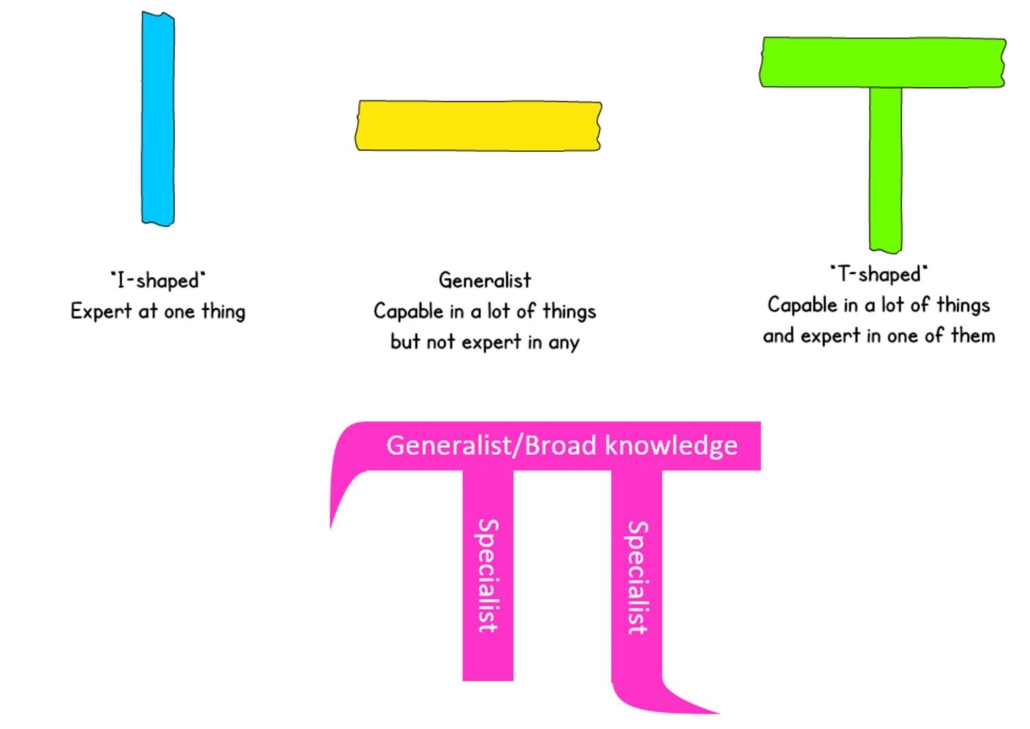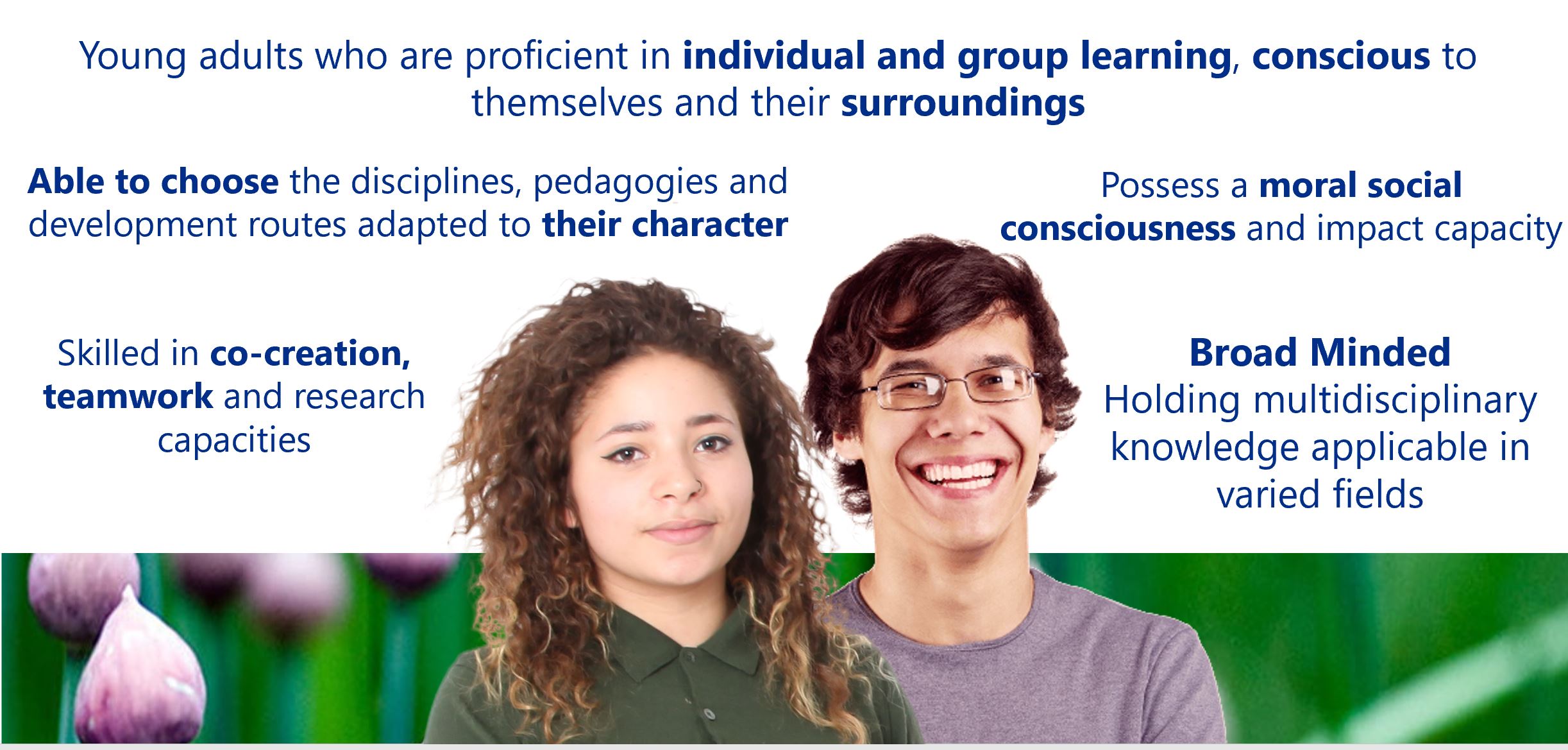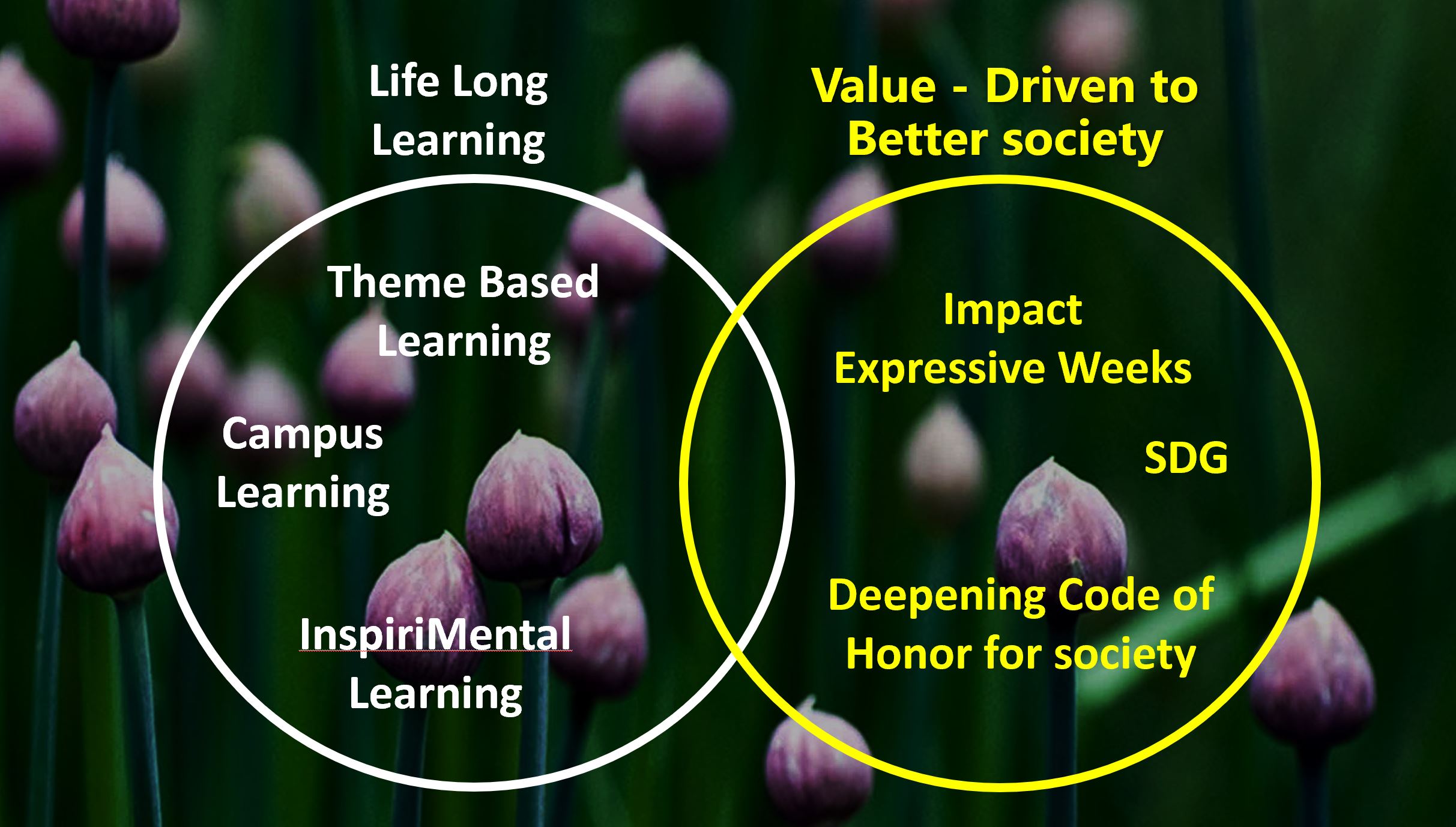The first of the Reali High School domains is the Budding Domain – which applies to the Ninth and Tenth grades. This domain mainly focuses on allowing the students to broaden their horizons, which is an essential component in today’s reality.
In this – students have the opportunity to experience a wide range of disciplines – before choosing their main subject areas. The pedagogical logic of the Budding domain is somewhat similar to the concept of Colleges in the US – where the wide preliminary exposure allows the students to make more educated choices in their later fields of study areas. This also allows a smoother transition between the interdisciplinary experience of the Germination phase to the disciplinary nature of matriculation.
This transition domain strengthens students’ sense of competence and helps them regulate the emotional load of transitioning to another pedagogical world. This also deepens the students’ ability to improve their self-responsibility and personal conduct themselves in the Beit Biram Campus of greater freedom.
FROM AN I MODEL TOWARDS T AND π MODELS:
One of the important values underlying the Budding domain is embodied in the transition that has taken place in recent decades between an approach that promotes disciplinary depth expertise embodied in the English letter I as a metaphor, and an approach that promotes horizon width – the top line balanced by the letter T; Alongside the critique of the traditional “I” approach, which in the eyes of critics nurtures a narrow Specialist disciplinary view, the approach that sanctifies the breadth of horizons is also criticized for creating a situation where one knows “little about many things”, instead of knowing much about one thing in the disciplinary “I” approach. In this view – the breadth of horizons (which is absent from the domain deepening) may lead the person to superficiality – Generalist.
Against this background, an integrated approach called the “T model”, is increasingly prevalent in the worlds of education and employment. In this approach, it is very important for the graduate of the education system to have the breadth of horizons that will allow them to promote innovation based on an interdisciplinary connection, alongside in-depth expertise, which mainly indicates the existence of the ability to deepen in a particular field (Lifelong Learner). In the light of this approach – a model that better describes the connection between the budding and flowering domains at the school is the”π” model – which is characterized by two main areas in which the student chooses to deepen. The basic approach of the budding domain stems from the need to broaden horizons and strengthen the understanding of the connections between the various fields alongside the uniqueness of each field, as a foundation for integrating the main subjects in a multidisciplinary vision from the Tenth grade onwards.
WHAT IS THE BUDDING DOMAIN DESIGNED TO BUD IN ITS GRADUATES?
Following are some of its main goals, which also act as its success indicators:
Learning alone and in a group from internal motivation: As part of the basic components necessary for developing Lifelong learners, the Budding domain promotes students’ self-motivation for learning based on broad consciousness of themselves and their surroundings.
Broad Minded and able to choose: The heart of the budding domain is in the wide range of areas to which it allows each student to be exposed, alongside the familiarization with the variety of perspectives they invite.
Co-creation and teamwork: The ability of students to be partners in joint individual and group creation is a key element that is reflected in the Budding domain.
From involved to influencers: The Budding domain focuses on the transition from cultivating social involvement in the Germination domain, to cultivating social impact (activism) within the spirit of fostering Agency.
HOW IS IT CONDUCTED IN PRACTICE?
Following are some pedagogical instruments that characterize the Budding domain:
The safe home for the dedicated classrooms: Students who start their first year at the Budding domain are granted several dimensions of “safe havens”:
- They become part of a “mother classroom” which will remain their fundamental social group for the full duration of the 4 years of high school.
- They are placed in physical classrooms which are their safe physical harbor for the first Highschool year on the Campus.
- A dedicated tutor will accompany their class at least for the first two years.
This scenario will assist ninth-grade students in the transition and smooth absorption into the open campus of Beit Biram.
Multidisciplinary learning in elective clusters: During each Semester, students will be exposed to different fields in three main clusters – humanities, natural sciences, and social sciences. The learning in each cluster is conducted according to “themes” – large topics, which combine 2-3 main disciplinary views in the cluster.
Expressing and impacting weeks: With the help of exposure to the areas of expression as part of focused weeks, students are exposed to social issues and experience basic skills from one area of expression of their choices – such as photography, theater, and entrepreneurship. The expression provides students with additional tools for expressing their position or for thinking about initiatives to solve social challenges, for the development of social activism.
Workshops: During the Budding study year – a number of one- or two-day workshops to develop life skills are conducted in areas such as decision making, time management, financial management, relationships, effective presentation, teamwork, and more.
InspiriMental Learning: Students choose the main elective study subjects at the end of ninth grade, based on the initial experience and the extensive exposure they gained during ninth grade. The curriculum in the elective subjects in the tenth grade is adapted to the spirit of Budding under the term “InspiriMental Learning”. This combines two main pedagogical values: Generating Inspiration, and Experimental learning. This pedagogical approach will deepen their understanding of the reasons for learning the field, experience its practical expressions, learn its basic concepts, and carry out a practical project that will form the basis for creativity in this field.





